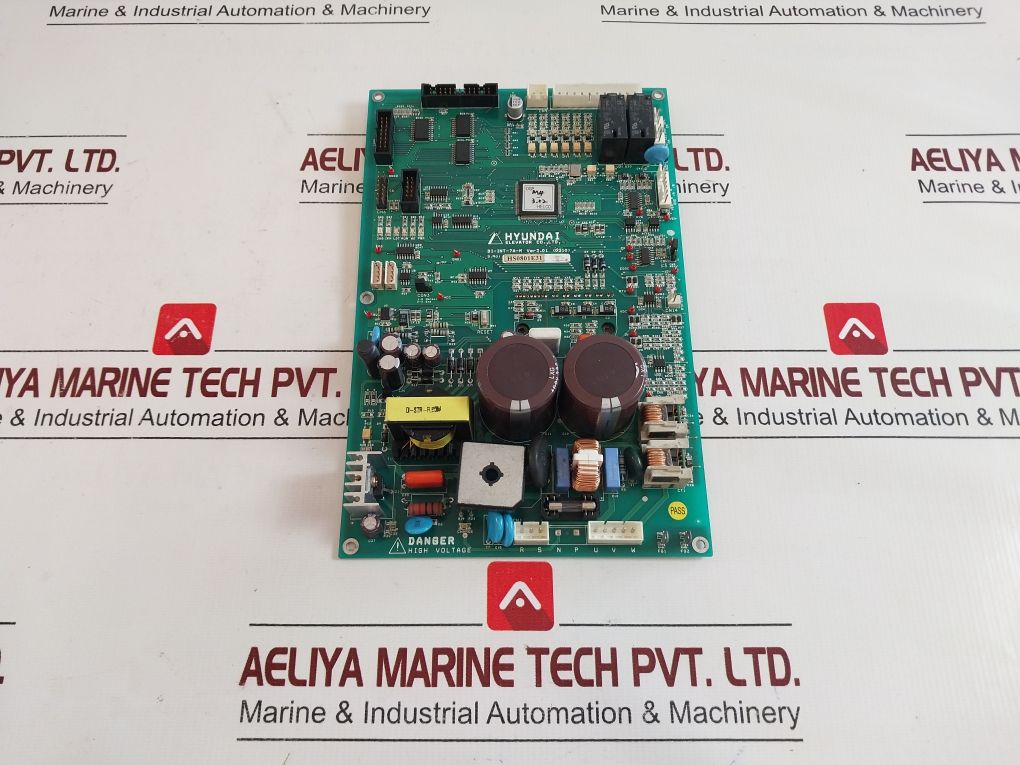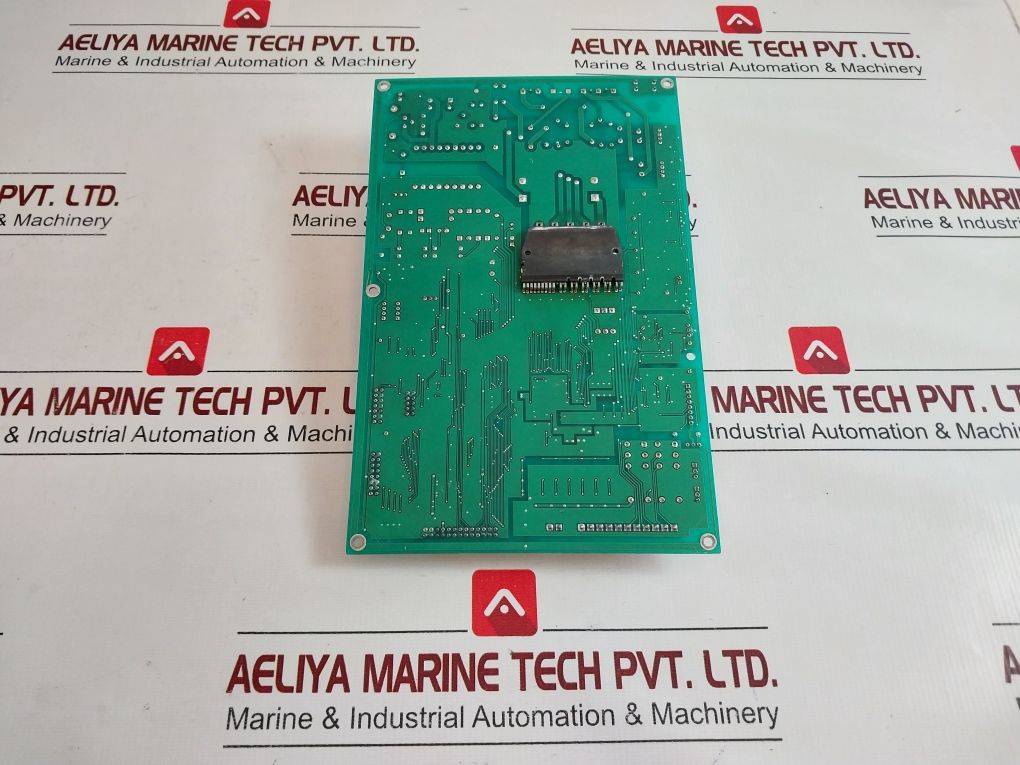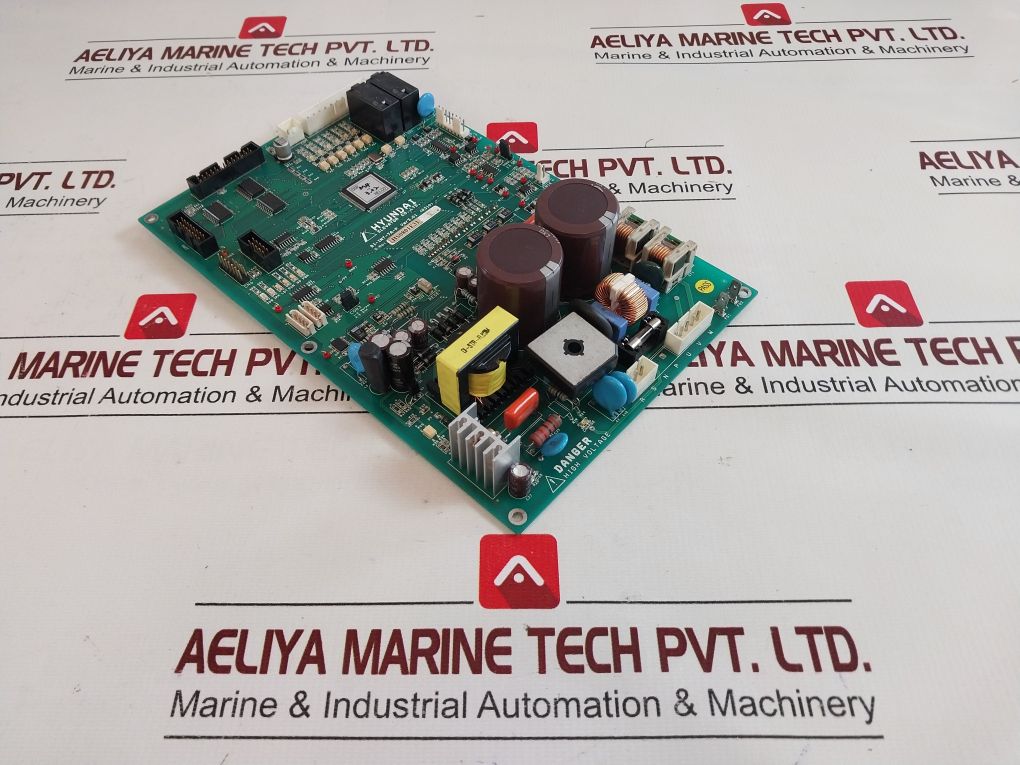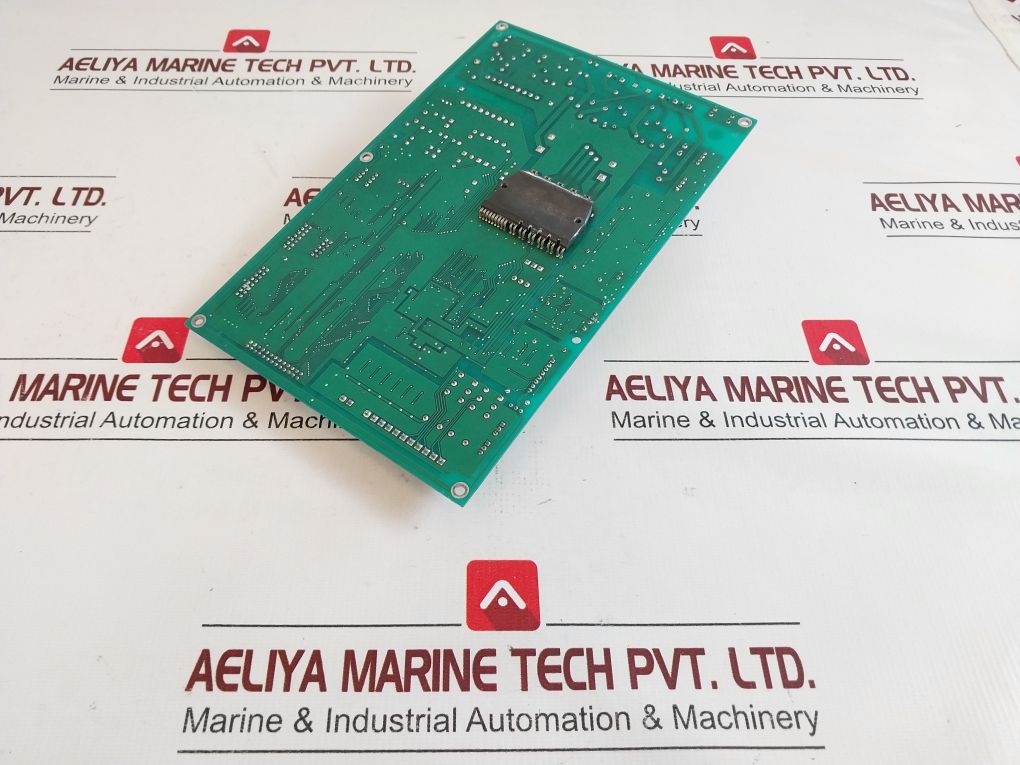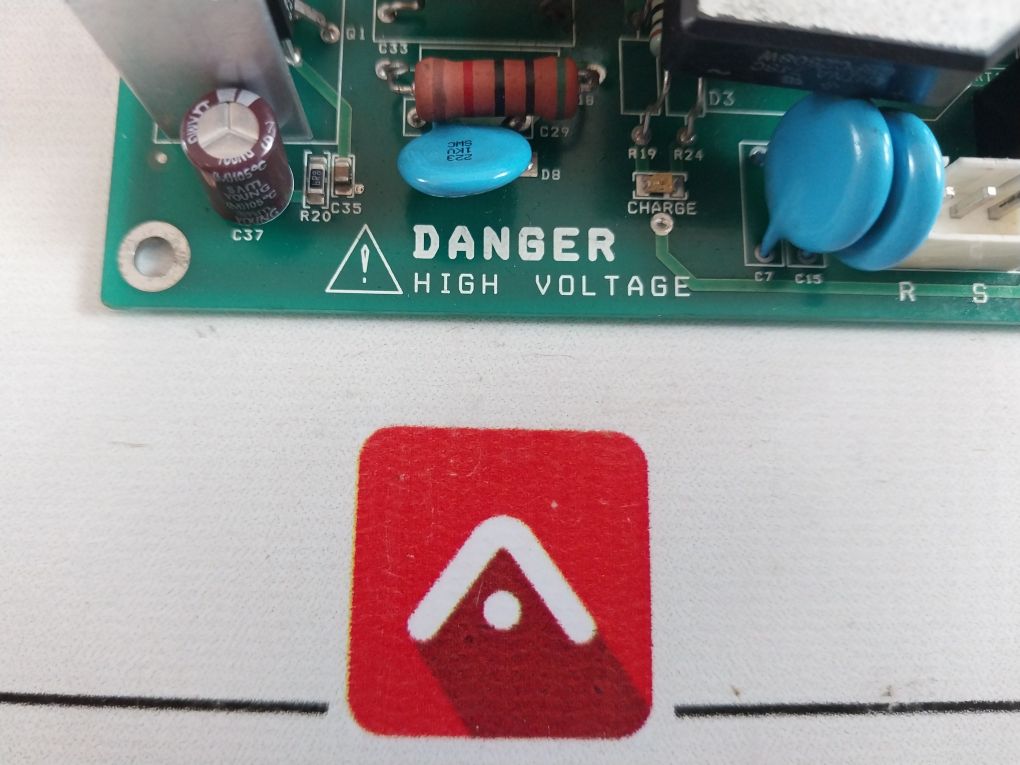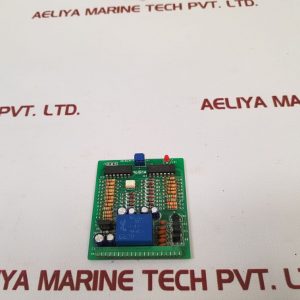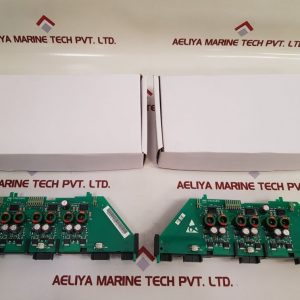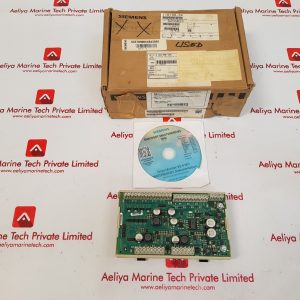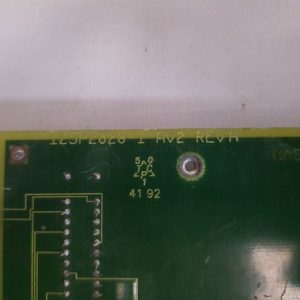Hyundai Di-int-7a-m Door Controller Pcb
Hyundai Elevator Co., Ltd.
Di-int-7a-m
Ver 3.01 (0510)
Weight : 780 Gm
Condition : Used 1 Pcs
Ref No : 64881
What is Hyundai DI-INT-7A-M Door Controller PCB?
Hyundai DI-INT-7A-M Door Controller PCB is a very small microelectronic component whose work is to perform control of electrical signal and actions inside the vehicle’s door system. In short, “PCB” is an abbreviation for Printed Circuit Board, a modular device designed to comprise all necessary electrical components and circuitry required for controlling the opening, closing, locking, and unlocking of car doors.
Today’s cars use a lot of PCBs, and it’s not only for basic electrical action. The high optimization makes it work without any glitch: It regularly interacts other modules to answer the need of automation, safety, and convenience.
Basic Functions of Door Controller PCB
The DI-INT-7A-M door controller gives the following functions
Automatic Door Locking and Unlocking: This PCB allows the efficient working of automatic door locks where the car doors may be made to lock and unlock according to the parameters such as speed, gear shifts, or sensor detection if used in the keyless entry system.
Safety Features: It is provided with safety features such as child lock controls so that the doors will be locked while driving to avoid accidental or unauthorized opening from inside.
Centralized Control: The DI-INT-7A-M can control with the central electronic system of the vehicle, so that all mechanisms of the doors can be centrally controlled in one place using for example the dashboard, a key or other interfaces.
Sensor Integration: It uses multiple sensors through interface with the PCB to trigger instant actions such as automatic unlocking of the door when the driver approaches carrying the key fob or the self-locking of the doors when the car begins to move.
The Technology Behind the DI-INT-7A-M PCB
Printed Circuit Boards, including the DI-INT-7A-M, are highly efficient but also highly complex. The PCBs house several ICs, resistors, capacitors, and transistors that control all electrical and signal flows in the vehicle’s door system.
Sophisticated Communication Protocols
The primary technologies involved in this Hyundai PCB include the use of CAN Bus or LIN Bus protocols in communication with other automotive systems. These are the standardized means used by the electronic control units for data exchange with each other within a car, hence allowing the door controller to be interacted with other onboard systems like the engine control, brake control, or the infotainment system.
With all such communication, it becomes possible to implement novel sophisticated functionalities like keyless access, anti-theft systems, and even remoting the locking of doors.
Power Management
The DI-INT-7A-M PCB also ensures that the proper power is delivered to the door control system. This is accomplished by regulating electrical flows in the system to ensure proper power for locks, sensors, and actuators without needlessly draining the vehicle’s battery. This characteristic is crucial in high-tech vehicles with complex electronics as improper power management could quickly lead to faulty functions or low performance of the vehicle.
Reliability
The DI-INT-7A-M is designed to be ruggedly built and should survive the extreme conditions that a vehicle oftentimes encounters. It supports a PCB made from robust materials that can withstand thermal, humidity, as well as vibration forces. This makes it a long-term performance board even under tough driving conditions or environments.
Advantages of Hyundai DI-INT-7A-M Door Controller PCB
The DI-INT-7A-M enjoys many benefits in the usage of the vehicle and for the customer in terms of comfort. These benefits are such that include:
Better Security: Advanced control features of the DI-INT-7A-M make it difficult for thieves to manipulate the door locks or gain unauthorised entry into the vehicle.
Convenience to users: Features like keyless entry, central control, and automatic locking enhance the convenience of life for the drivers. No long do you have to struggle with the locking and unlocking of the doors.
Energy efficiency: PCB distribution of power ensures that energy is consumed in the door system without unnecessary wastage of power, which ultimately saves the overall energy requirement of a vehicle.
Advanced Integration: Because the PCB is able to have communication exchange with other systems in the vehicle, the functionality could relate to several vehicle operations such as automatically locking the doors once the vehicle starts to move or opens the doors during an emergency situation.
Customization: Some car models can customize the door controller or program it for special user preferences, for example, customized locking and unlocking mechanisms or interaction with home automation systems.
